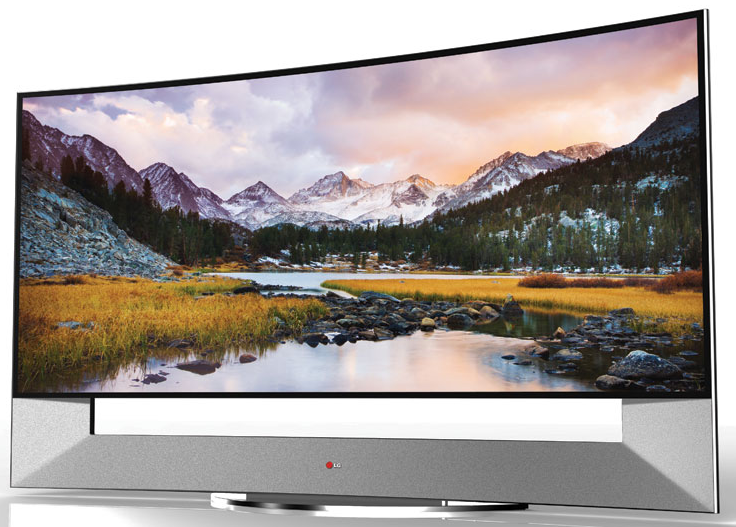
After more than 35 years of operation, TBI is closing its doors and our website will no longer be updated daily. Thank you for all of your support.
OTT leads the way on 4K
 As if the OTT players weren’t bumping heads with traditional broadcasters enough already, they’ve now claimed the high ground on the latest original programming battlefield: ultra high-definition, also known as 4K. Jesse Whittock and Andy McDonald report
As if the OTT players weren’t bumping heads with traditional broadcasters enough already, they’ve now claimed the high ground on the latest original programming battlefield: ultra high-definition, also known as 4K. Jesse Whittock and Andy McDonald report
While Michael Bay was suffering an autocue-induced meltdown on stage at the Consumer Electronics Show last month, numerous new ultra HD 4K sets were being unveiled to the hordes of executives, journalists and fanboys who had descended on the event in the world’s showiest city, Las Vegas.
For programme makers, the 4K medium provides them with the chance to trumpet their latest projects through the clearest pictures yet and with the highest level of detail. And as the most technologically advanced image display on the market – a resolution of 8.3 million pixels, or four times that of standard 1080p HD – it shouldn’t really be a surprise that the newest entrants into the original content market, the OTT players, have been the first to commit to it.
In December, Amazon Studios, the original film and TV production arm of the online shopping giant, pledged to shoot all of its original content in 4K in 2014.
“As a premium original content creator, we’re excited about 4K and the future of Ultra HD technology, particularly as we move into drama series,” said Amazon Studios’ director Roy Price.
Furthermore, Amazon’s Prime Instant Video platform is working with content companies including Warner Bros., Lionsgate, Discovery Communications and Twentieth Century Fox Television on 4K projects.
Meanwhile, rumours Netflix would offer season two of its flagship original, House of Cards, in 4K have been confirmed by CEO Reed Hastings. Furthermore, the electronics arm of House of Cards distributor Sony is working to ensure the latter’s line of new ultra HD TV sets support 4K streaming of the Netflix service.
YouTube has too gotten in on 4K, using its presentation at CES to unveil its VP9 codec programme, which it says will reduce buffering and make the experience of online viewing more pleasurable. The Google service already supports 4K formats but this is its major play.
According to Netflix CEO Reed Hastings, 4K is going to be a key differentiator for web TV services as the “the first format that is internet-only”. “It’s really focused on internet delivery. So broadcast, cable, satellite – they’re not going to have Ultra HD, at least not in the next five years. It’s all going to be internet delivery,” he said in a BBC interview at CES.
Manufacturer Samsung has been particularly active in 4K development, partnering with Netflix, Amazon, NBCUniversal owner Comcast, pay TV platform DirecTV and the DreamWorks and Technicolor streaming service M-Go to implement their programming on a new range of sets. The Comcast agreement will see Samsung’s net-connected 4K TVs bypass Comcast’s set-top boxes and offer programming through a bespoke app.
The fact these companies and others are working in the 4K medium confirms they all see potential in the medium, despite its biggest drawback – the gigantic prices attached to current 4K sets. It is true, however, that traditional TV companies are taking is much more measured approach than the streamers.
The BBC has effectively conceded it cannot compete with BSkyB in the race to develop ultra HD in the UK and said deployment is “a way off”, while Discovery’s director of new media distribution, EMEA, Alberto Horta has said the channel operator and producer would take up to five years to fully adapt its content to 4K.
In fact, the BBC – which has also stopped its experiments in 3D as it looks to reduce costs in the face of a shrinking licence fee – only undertook its first live HD stream in 2013 and its flagship iPlayer platform streams only go up up to 720p format.
“In terms of IP distribution, I think we’ve got a long way to go before 4K becomes really important,” said Henry Webster, the BBC’s executive product manager, media service at the pubcaster’s Future Media division.
Should 4K become the standard production medium of the future, OTT services will have had a very healthy head start.


